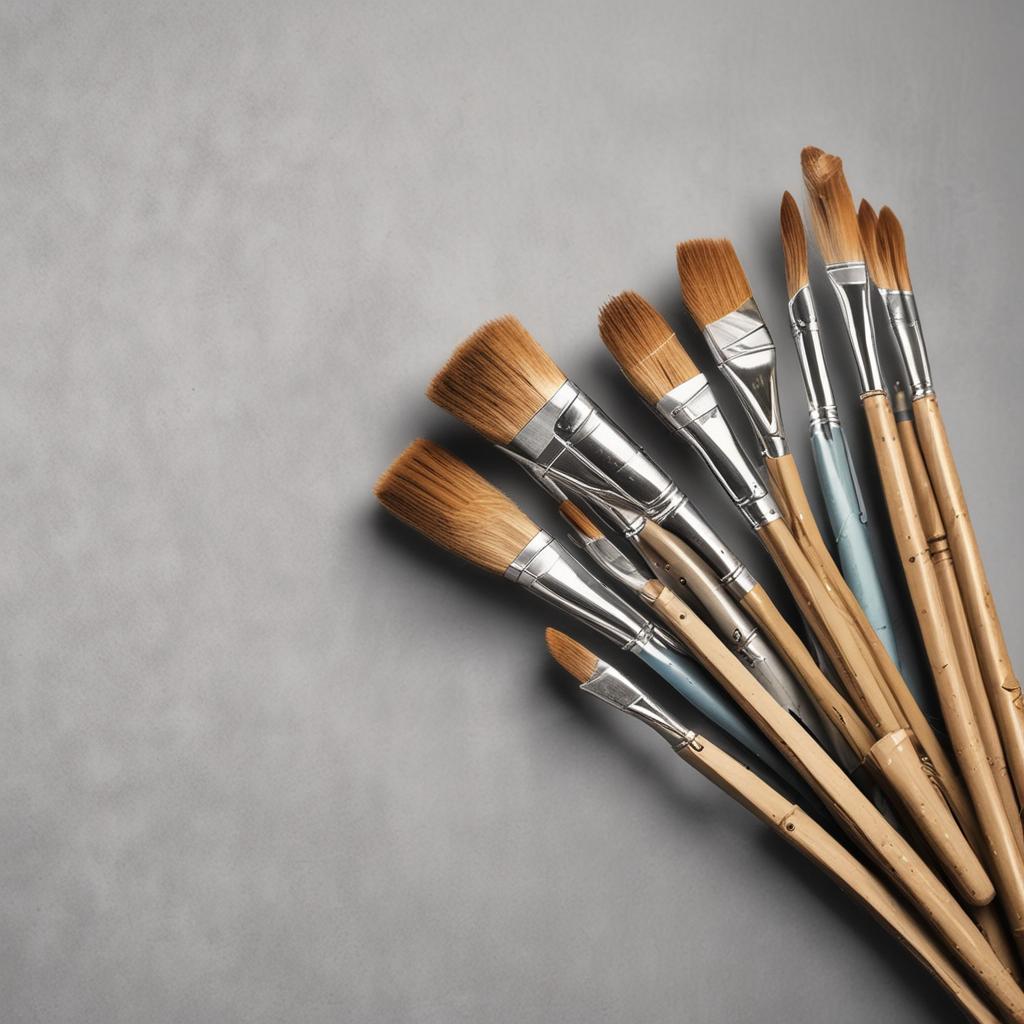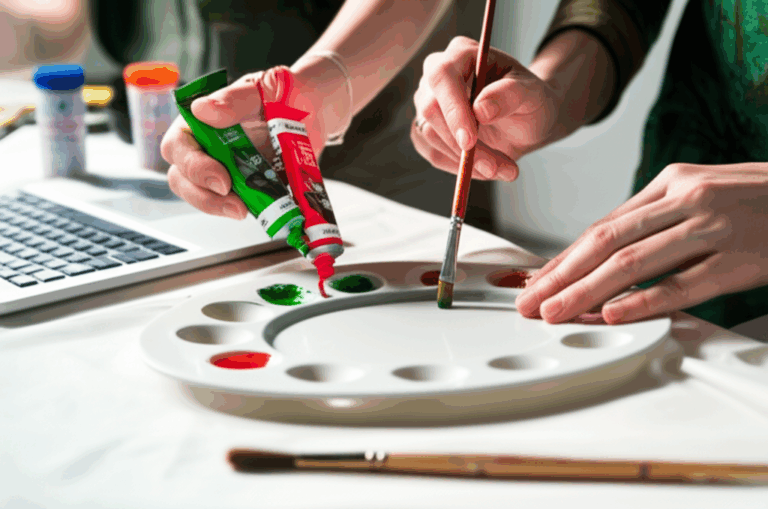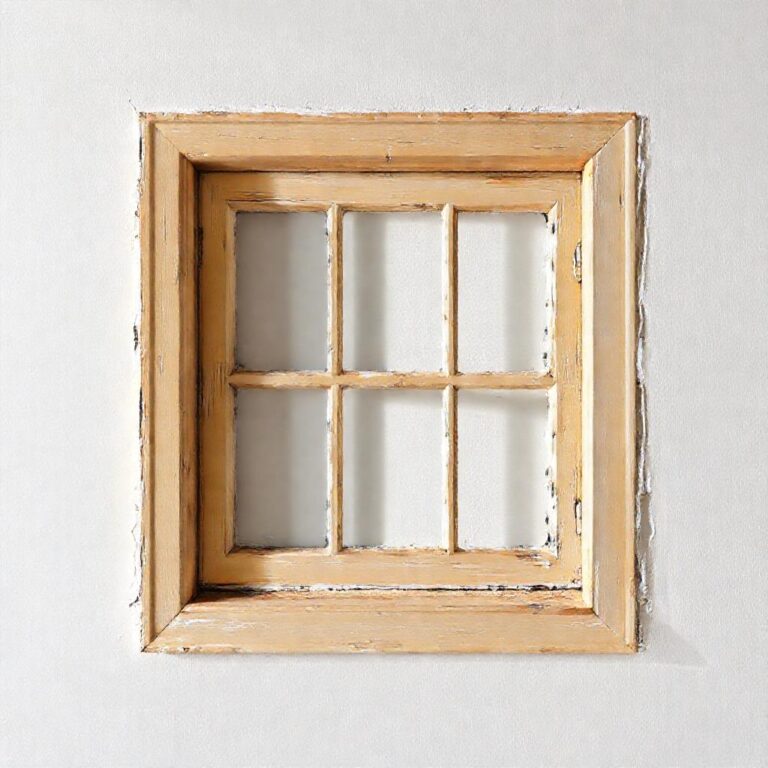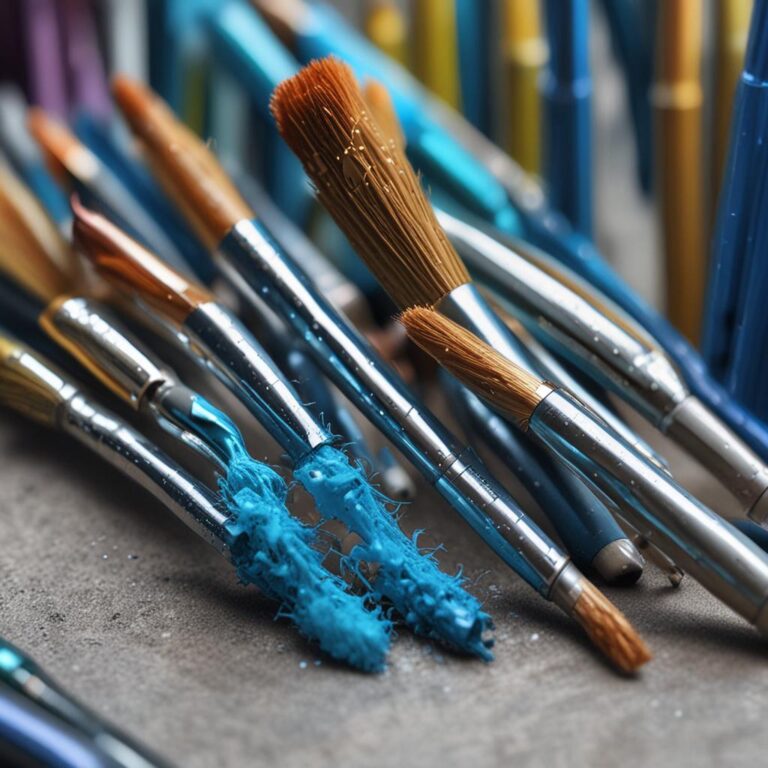How to Clean Paint Brushes
Cleaning paint brushes might seem like a chore, but it’s a crucial step to ensure they last for years and perform at their best. Proper cleaning prevents bristle damage, removes paint residue that can harden over time, and avoids color contamination in future projects. Whether you’re using water-based paints like acrylics or oil-based paints, the cleaning process varies, and using the wrong method can ruin your brushes. This guide will walk you through the steps to clean your brushes effectively, ensuring they stay in top shape for your next masterpiece.
Step-by-Step Process
Remove Excess Paint
Wipe off excess paint with a rag or paper towel.
Rinse with Solvent
Soak brushes in paint thinner or water for water-based paints.
Scrub Bristles
Use a brush comb or fingers to remove dried paint.
Wash with Soap
Clean brushes with mild soap and warm water.
Reshape and Dry
Reshape bristles and air-dry brushes horizontally.
Process infographic for How to Clean Paint Brushes
Preparing to Clean Your Paint Brushes
Gather the Right Materials
Before you start, make sure you have the right supplies. For water-based paints, you’ll need lukewarm water and mild soap. Oil-based paints require solvents like turpentine or mineral spirits. A brush comb or wire brush is essential for removing stubborn paint, and a clean cloth or rag will help wipe off excess paint. If you’re eco-conscious, consider alternatives like vinegar for watercolors or citrus-based solvents for oils.
Safety Precautions
Always work in a well-ventilated area when using solvents, and wear gloves to protect your skin. Follow the manufacturer’s instructions for solvents to avoid chemical exposure or damage to your brushes. Proper safety measures ensure a hassle-free cleaning process.
Step-by-Step Guide to Cleaning Paint Brushes
Remove Excess Paint
Start by wiping off as much paint as possible using a cloth or paper towel. For oil-based paints, use a solvent-soaked cloth to remove the initial layer of paint. This step prevents excess paint from clogging the bristles during rinsing.
Rinse the Brush Properly
For water-based paints, rinse the brush under lukewarm water, gently swirling the bristles to remove paint. Avoid hot water, as it can damage natural bristles. For oil-based paints, submerge the bristles in a solvent and swirl until the paint is gone.
Use a Brush Cleaner or Soap
Apply a brush cleaner or mild soap to the bristles, working in a circular motion from the tip to the ferrule. Use a brush comb to remove any stubborn paint or debris. This step ensures the bristles are thoroughly clean and free of residue.
Restore Brush Shape
After cleaning, reshape the bristles using a brush shaper or by rolling them on a paper towel. Avoid twisting the handle, as this can misalign the bristles. Proper shaping helps maintain the brush’s performance and longevity.
Dry the Brush Correctly
Lay the brush flat on a clean surface or hang it upright to dry. Never leave brushes submerged in water or solvent, as this can weaken the ferrule and damage the bristles. Allow the brush to air dry completely before storing it.

Best Practices for Different Brush Types
Watercolor and Acrylic Brushes
Use mild soap and cold water to clean watercolor and acrylic brushes. For natural bristles, consider using a conditioning product to keep them soft and supple.
Oil and Enamel Paint Brushes
Thoroughly clean oil and enamel brushes with solvents, and dispose of used rags properly to prevent fire hazards. Synthetic brushes may require a dedicated brush cleaner for optimal results.
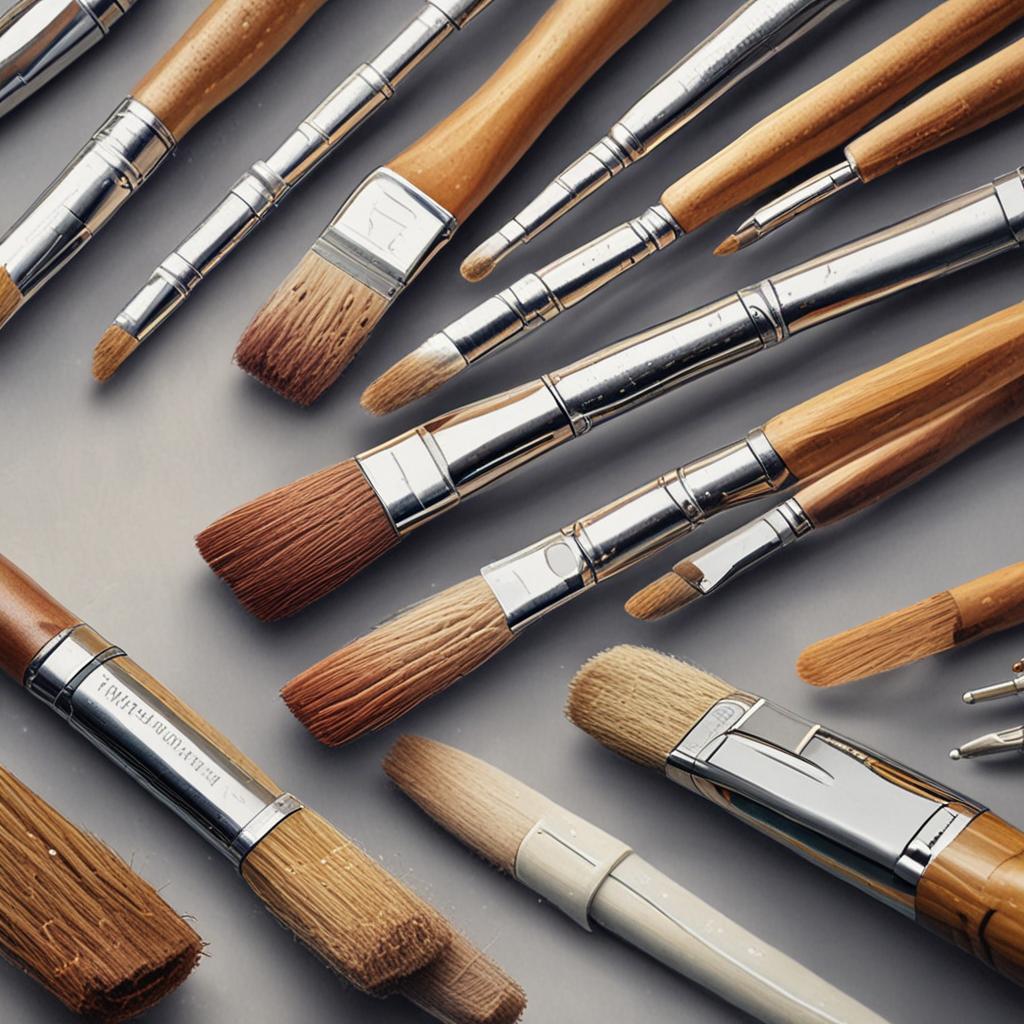
Synthetic vs. Natural Bristles
Natural bristles are more delicate and should avoid harsh chemicals, while synthetic brushes are more durable and can handle solvents better. Tailor your cleaning method to the brush type for the best results.
Common Mistakes to Avoid
Over-Rinsing in Water
Prolonged soaking can weaken the glue in the ferrule and warp the handle. Limit rinsing to a few minutes to preserve the brush’s integrity.
Using Inappropriate Solvents
Oil-based solvents can ruin watercolor brushes, and water-based cleaners won’t work for oil paints. Always use the correct solvent for the paint type.
Forcing Dried Paint Out
Scrubbing dried paint can damage bristles. Instead, soak the brush in warm soapy water or a brush cleaner to loosen the paint gently.
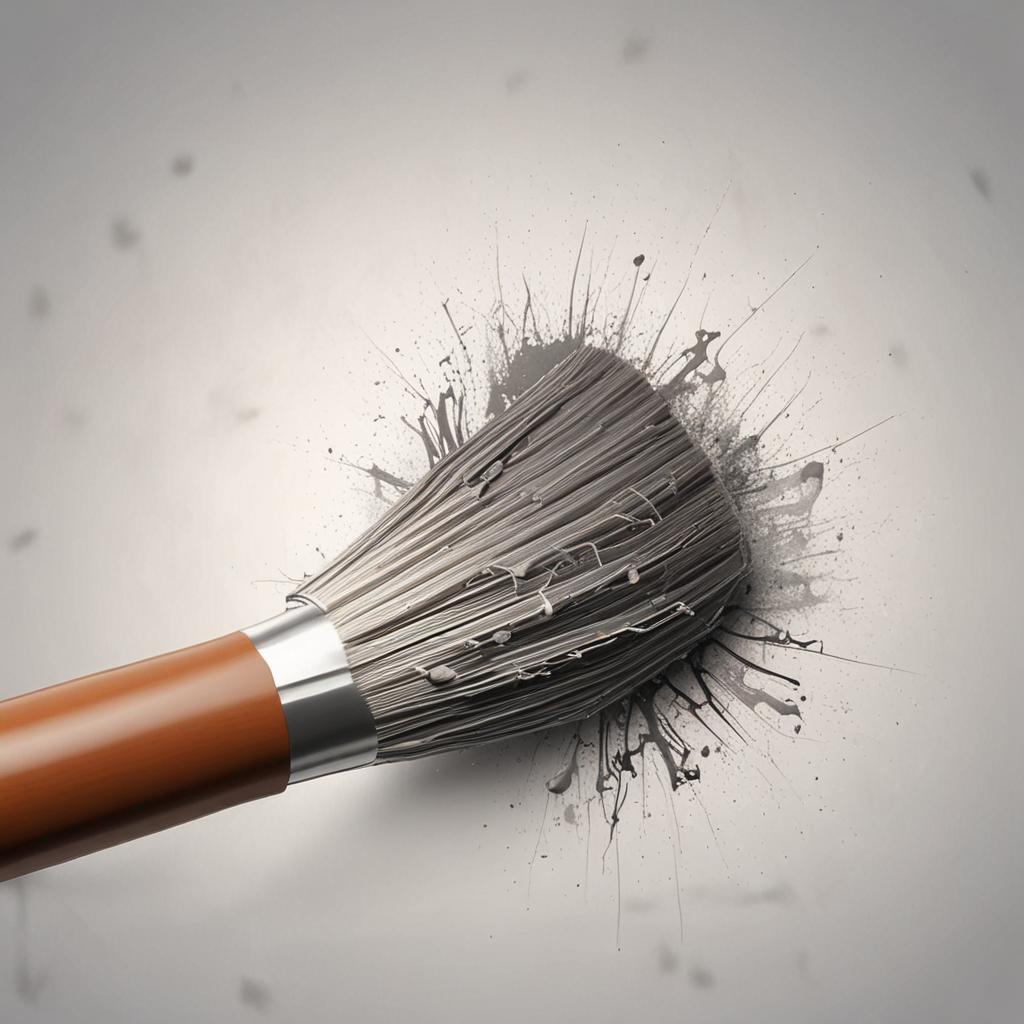
Tips for Maintaining Brush Quality
Clean brushes immediately after use to prevent paint from drying on the bristles. Store brushes with bristles facing up to avoid drooping, and replace brushes if bristles become misshapen or stiff. Regular maintenance ensures your brushes stay in excellent condition.
Conclusion
Cleaning paint brushes properly is essential for their longevity and performance. By following these steps and avoiding common mistakes, you can keep your brushes in top shape for years to come. Adopting a consistent cleaning routine will not only save you money but also enhance your painting experience. Happy painting!
FAQ Section
Can I use dish soap to clean oil-based paint brushes?
Yes, but it’s less effective than solvents. Use a degreasing dish soap (e.g., Dawn) and follow up with a brush cleaner.
How do I clean paint brushes if I don’t have a brush cleaner?
For water-based paints, use lukewarm water and mild soap. For oil-based, use mineral spirits or turpentine with a cloth.
How long can I leave a paint brush in water?
Never soak brushes for more than 5–10 minutes, as this can weaken the ferrule glue.
Are there eco-friendly methods to clean paint brushes?
Yes—use vinegar for watercolors, citrus-based solvents for oils, and avoid disposable rags by using reusable cloths.
Can I clean dried paint brushes?
Yes, but it requires more effort. Soak bristles in warm soapy water for 15–20 minutes, then gently work the cleaner into the bristles. If paint is too stubborn, replace the brush.

